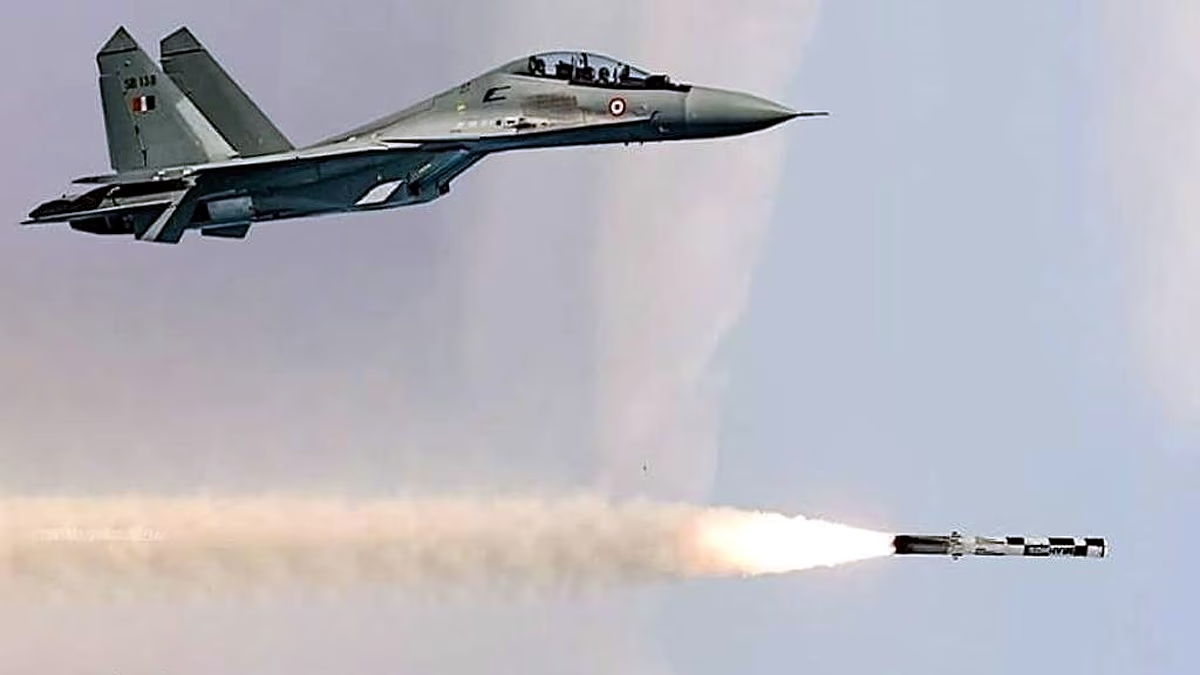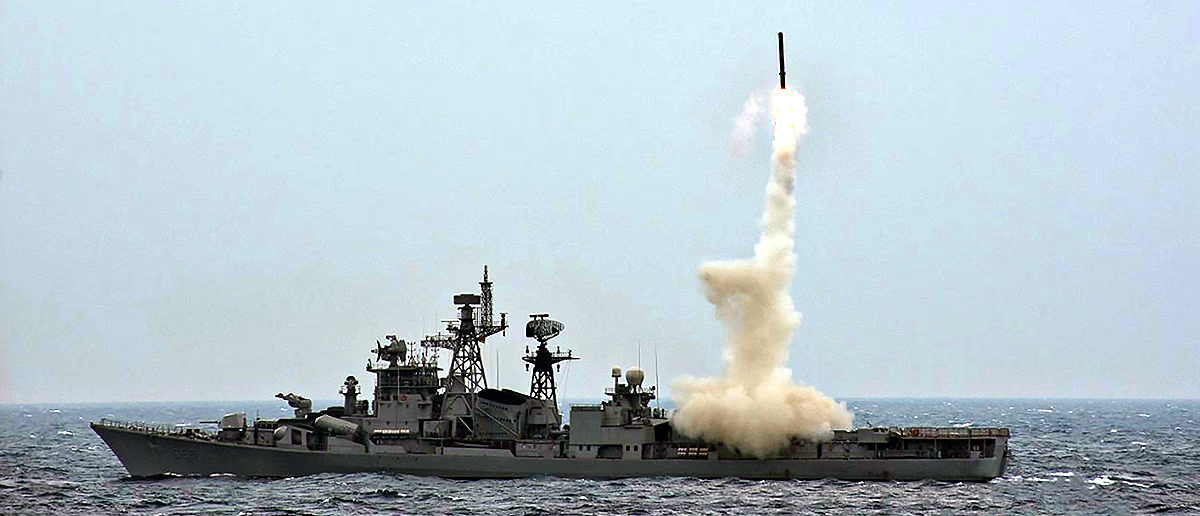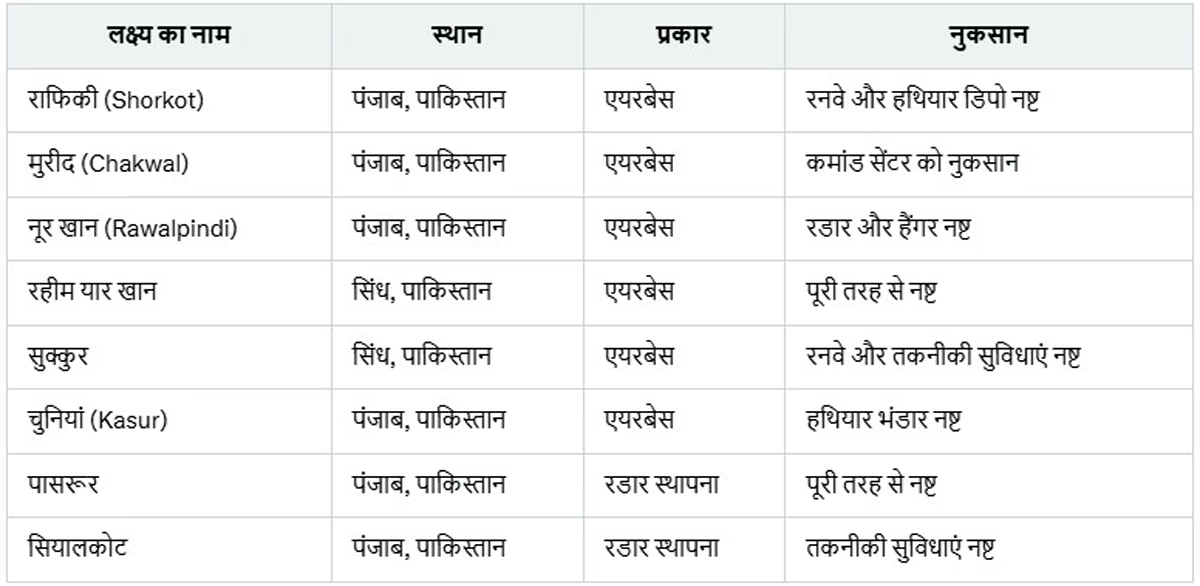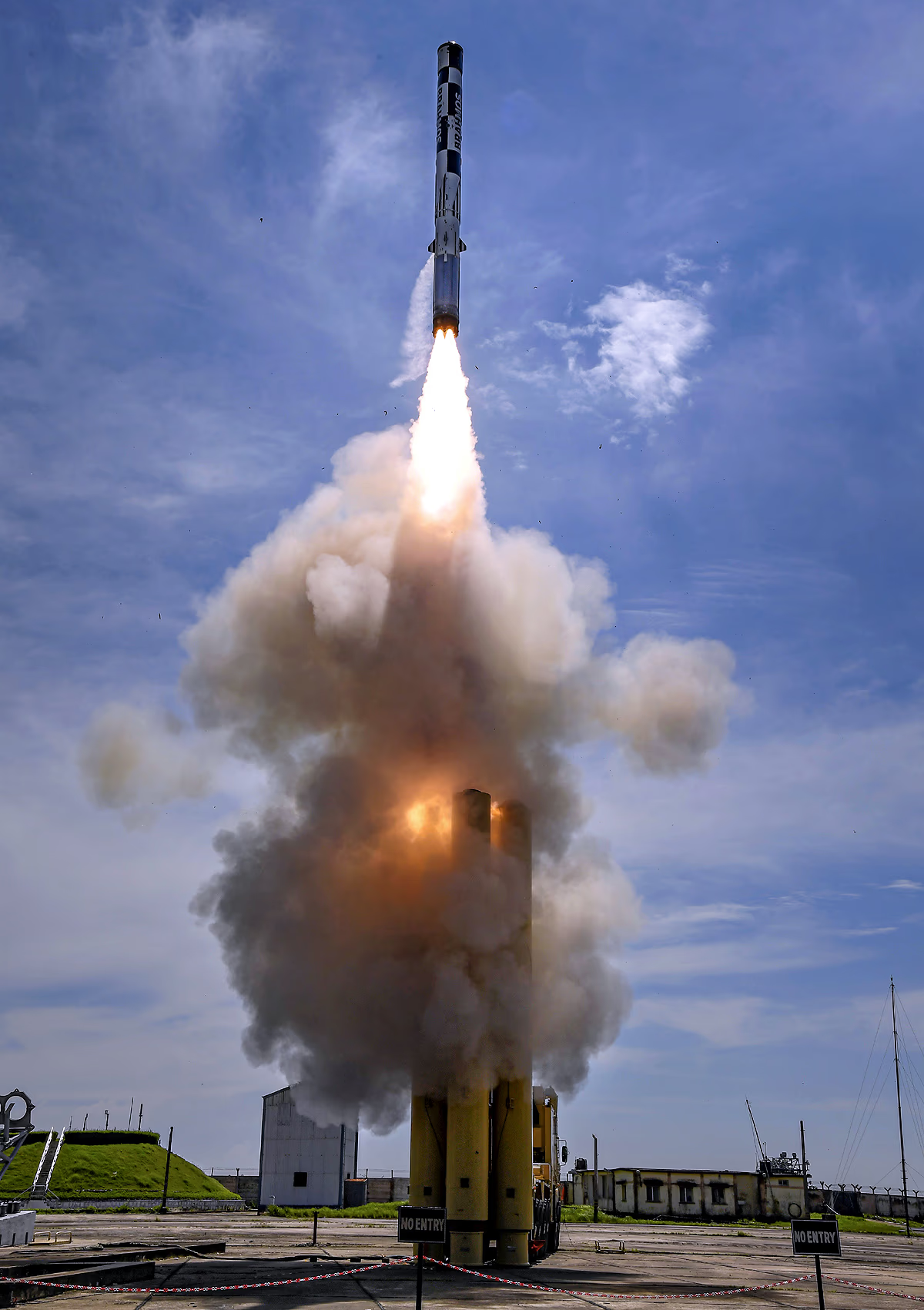On April 22, 2025, India launched "Operation Sindoor" following the terrorist attack in Pahalgam, targeting terrorist and military locations in Pakistan. Equipped with BrahMos missiles, 15 were launched. Discover why India selected BrahMos and what role it played.
Features of the BrahMos Missile
The BrahMos is a supersonic cruise missile flying at three times the speed of sound (Mach 3), developed in partnership between India and Russia. It can be launched from land, sea, and air, with a range between 290-450 kilometers and carrying 200-300 kilograms of explosives, making it capable of destroying large military bases.
You might also like:

Source: aajtak
Why Choose BrahMos?
Speed and Stealth: The speed of BrahMos makes it evades enemy radar, leaving Pakistan with no time to retaliate.
Precision Attacks: This ensures accurate targeting, allowing India to dismantle terror spots without civilian damage.
Strategic Flexibility: Launch from multiple platforms, such as the Su-30 aircraft used in Operation Sindoor.
The Role of BrahMos in Operation Sindoor
Operation Sindoor took place from May 6 to 10, 2025, in two phases. On May 7 and later May 10, India launched around 15 BrahMos missiles, wiping out 11 Pakistani airbases like Rafiki, Murid, Noor Khan, and Chunian, crippling Pakistan's air defense and command control systems.
Related Read: India's Guided Nuclear Missiles That Can Turn PAK into a Graveyard
Using decoy fighter jets, India confused Pakistan before launching BrahMos missiles, outsmarting their defense systems. Chief Minister Yogi Adityanath remarked, "If you haven't witnessed the power of BrahMos in Operation Sindoor, just ask Pakistan."

Source: aajtak
BrahMos Missile: Technical Insight
BrahMos is a supersonic cruise missile, traveling at speeds of about 2,800-3,000 kilometers per hour, co-developed by India and Russia. Named after India's Brahmaputra River and Russia's Moskva River, it represents power and precision.
Key Features of BrahMos Include:
Launch Platforms: Can be launched from land, sea (ships and submarines), and air (aircraft like the Su-30MKI).
Precision: Featuring advanced navigation and guidance systems, it accurately hits its targets.
All-weather Capability: Operable day or night and in any weather conditions.
Fire-and-Forget: Needs no continuous operator monitoring once launched.
Operation Sindoor Unfolded in Two Phases:
Phase One (May 7, 2025):
India precisely attacked 21 terrorist camps in Pakistan and PoK, using BrahMos and SCALP missiles launched from Rafale and Su-30 aircraft.

Source: aajtak
You may find this interesting:
Phase Two (May 10, 2025):
About 15 BrahMos missiles targeted 11 Pakistani airbases, including Rafiqui, Murid (Chakwal), Noor Khan (Rawalpindi), Rahim Yar Khan, Sukkur, and Chunian (Kasur). Radars in Pasrur and Sialkot were also struck.

Source: aajtak
Psychological Impact
By employing BrahMos, India delivered a strong message about its military prowess and resolve against terrorism. This message reached both Pakistan and the global community, prompting nations like Vietnam, Indonesia, and Saudi Arabia to express interest in purchasing BrahMos.
Controversy and Rumors Surrounding Kerana Hills
Social Media posts and claims on X suggested India targeted Pakistan's nuclear sites like Kerana Hills with BrahMos, leading to earthquakes. However, the Indian Air Force and National Center for Seismology (NCS) dismissed these claims, stating the tremors were natural. There is no evidence of attacks on nuclear facilities.
Impact of Operation Sindoor
Operation Sindoor dealt a severe blow to Pakistan's military capability, decimating their air defense and command control systems. With 15 BrahMos missiles destroying 11 airbases, Pakistan appealed to the US for ceasefire intervention. Furthermore, the operation showcased India's robust defense technology, sparking international interest in BrahMos.




